Caves hold mysteries that span centuries, offering glimpses into the earth’s hidden treasures. From glowing caverns to ancient sanctuaries, these natural wonders tell stories of history, culture, and the environment. Exploring these caves is like stepping into a different world, where every rock formation and underground river has a tale to tell. Each cave on this list is unique, with its own fascinating story waiting to be uncovered.
Son Doong Cave, Vietnam

Son Doong Cave in Vietnam is the largest cave on the planet. It was only discovered in 1991 by a local farmer and later explored by British cavers in 2009. The cave is so vast that it has its own ecosystem, including a jungle and river. Massive stalagmites and stalactites, some reaching 80 meters, tower over visitors. Son Doong’s untouched beauty and its unique climate create an atmosphere that feels otherworldly.
Waitomo Glowworm Caves, New Zealand
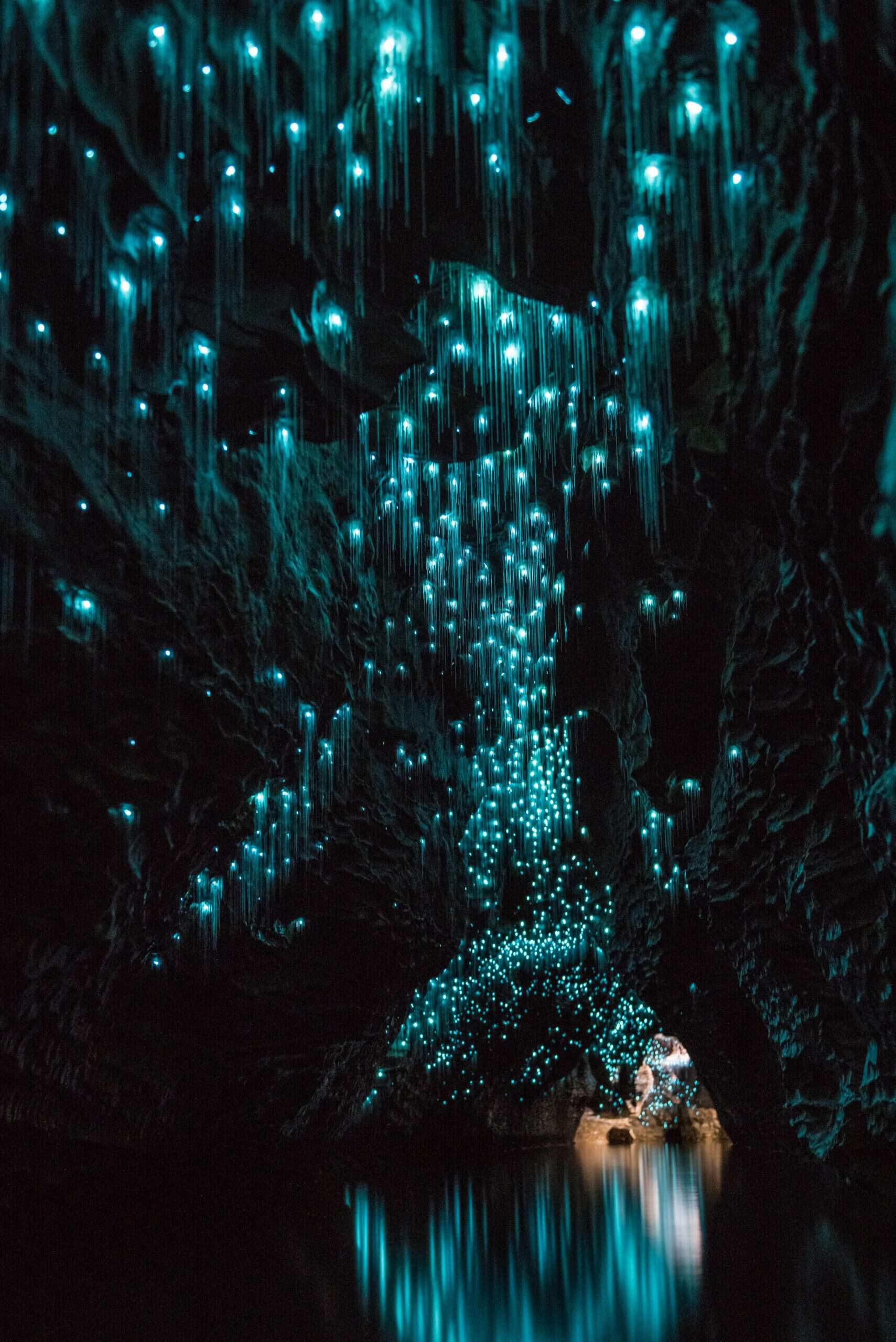
The Waitomo Glowworm Caves in New Zealand are famous for their mesmerizing display of glowworms. These tiny creatures illuminate the cave ceilings with a soft, blue light, creating a starry sky underground. Discovered in the late 19th century, the caves have been a popular attraction ever since. Visitors can explore the caves by boat, gliding silently through the dark as the glowworms twinkle above. The caves are also home to stunning limestone formations, adding to their mystical allure.
Ajanta Caves, India

Ajanta Caves in India are a series of 30 rock-cut Buddhist cave monuments dating back to the 2nd century BCE. These caves are adorned with exquisite paintings and sculptures that depict the life of Buddha. The caves were abandoned around 480 CE and were rediscovered in 1819 by a British officer. Ajanta’s intricate art and architecture offer a window into ancient Indian civilization and Buddhist traditions. The caves are a UNESCO World Heritage site, recognized for their historical and cultural significance.
Cave of the Crystals, Mexico
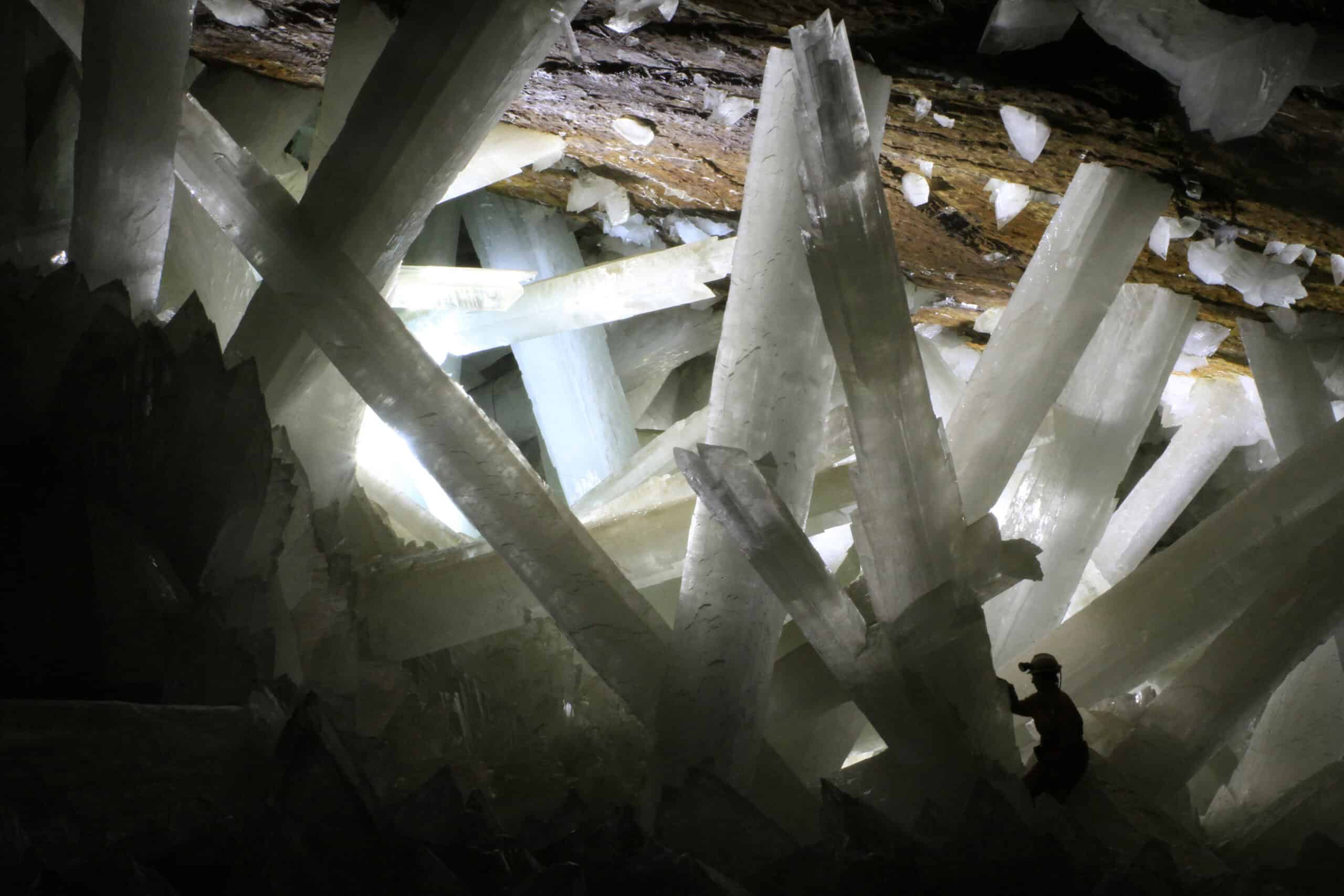
Located in Naica, Mexico, the Cave of the Crystals is home to some of the largest natural crystals ever found. Discovered in 2000 by miners, the cave contains massive selenite crystals, some up to 12 meters long and weighing 55 tons. The extreme heat inside the cave, reaching up to 58°C, makes it accessible only for short periods. These giant crystals have been growing for over half a million years, creating a surreal, otherworldly environment that feels like stepping into a fantasy world.
Reed Flute Cave, China
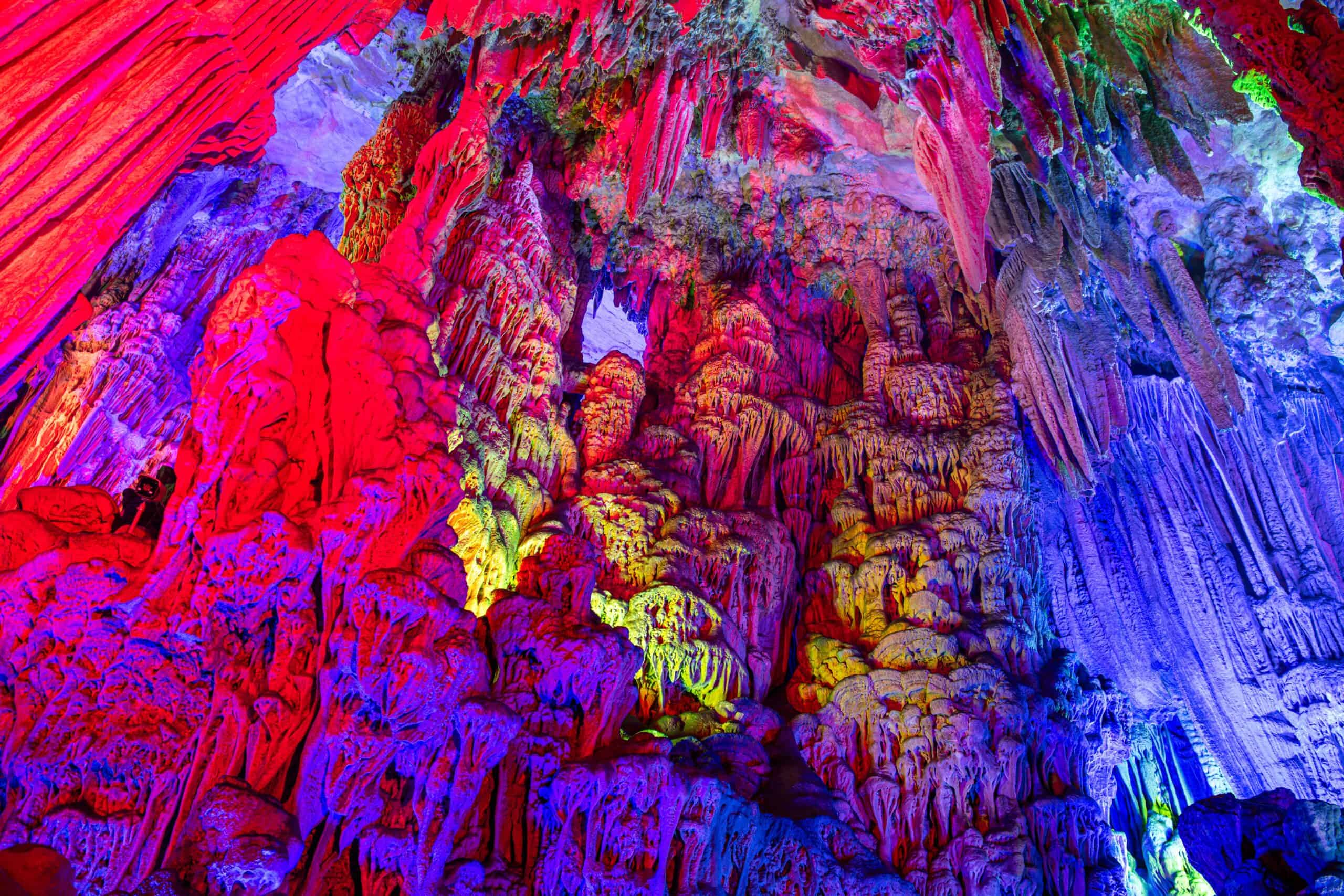
Reed Flute Cave in Guilin, China, is a natural limestone cave known for its stunning array of stalactites, stalagmites, and rock formations. The cave has been a popular tourist attraction for over 1,200 years. It got its name from the reeds growing outside the cave, which were used to make flutes. The cave’s interior is illuminated with multicolored lights, highlighting the intricate formations. Ancient inscriptions, dating back to 792 AD, can be found on the walls, adding to its historical intrigue.
Blue Grotto, Italy
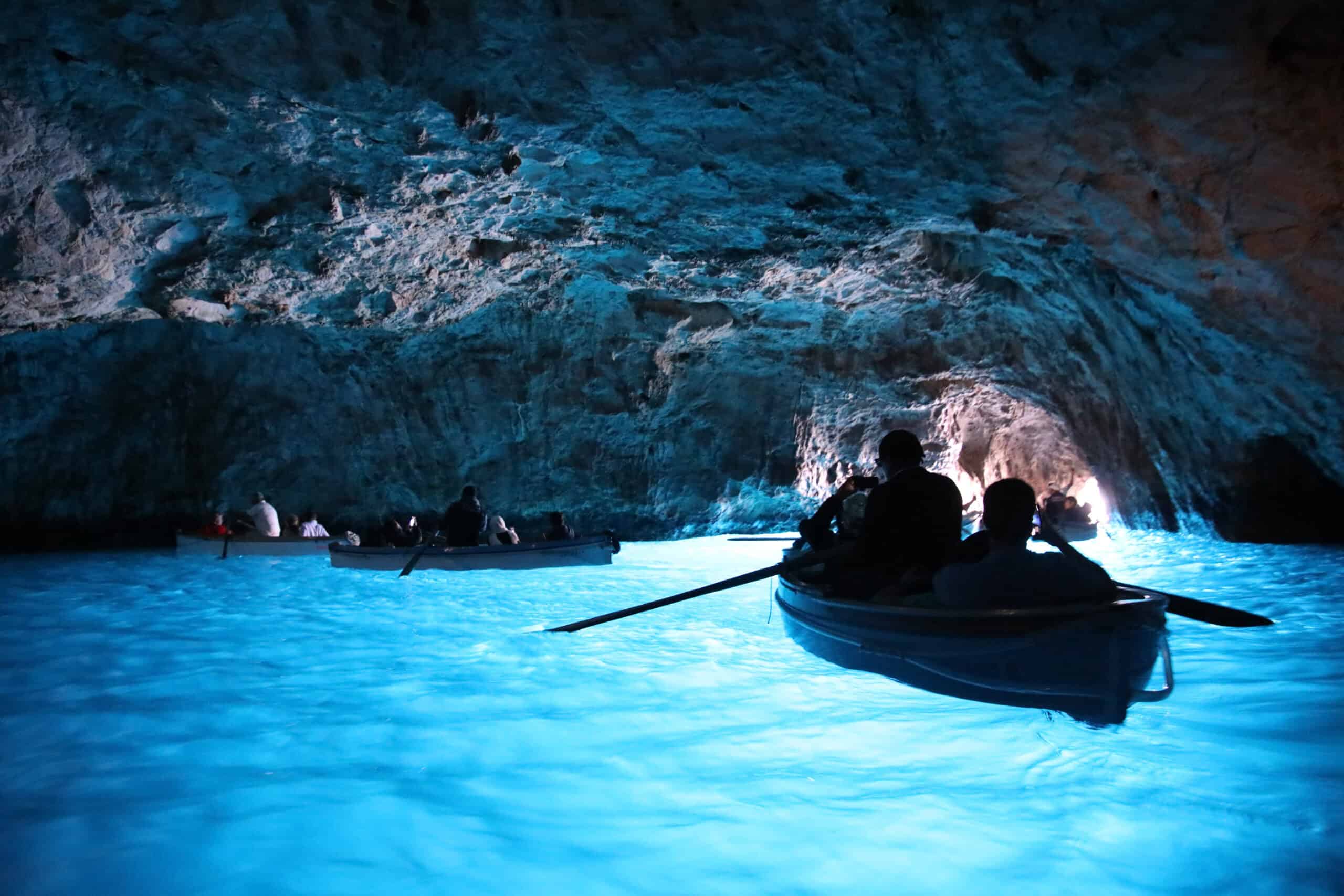
The Blue Grotto on the island of Capri, Italy, is a sea cave renowned for its brilliant blue water. The cave’s vivid color is created by sunlight passing through an underwater cavity and shining through the seawater. The grotto has been known since Roman times and was even used as a private bath by Emperor Tiberius. Visitors enter the cave on small boats, lying flat to pass through the narrow entrance. Inside, the shimmering blue light creates a magical, almost ethereal atmosphere.
Fingal’s Cave, Scotland
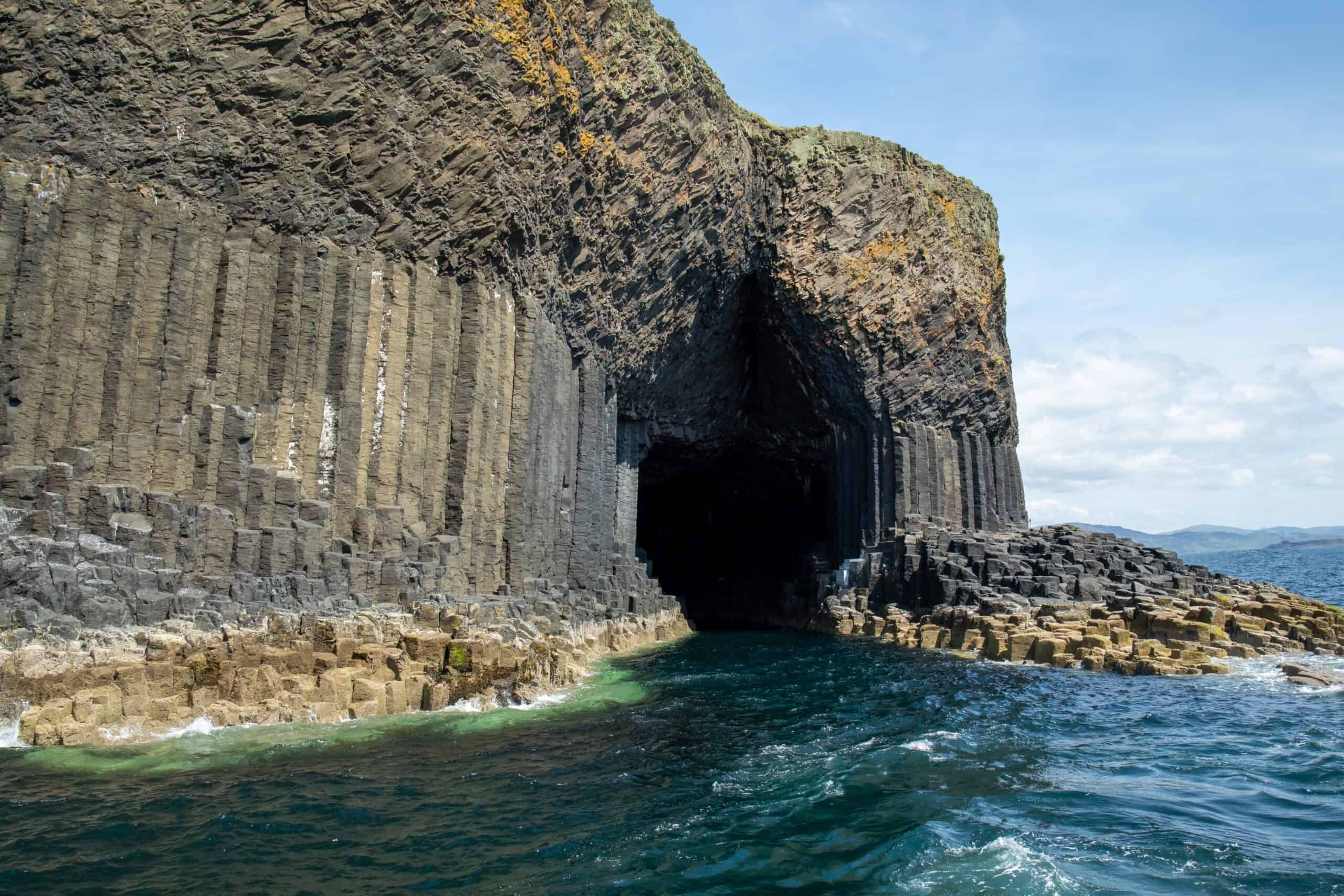
Fingal’s Cave on the uninhabited island of Staffa in Scotland is famous for its unique hexagonal basalt columns. Formed by volcanic activity over 50 million years ago, the cave has inspired artists and musicians for centuries. The cave’s natural acoustics create a haunting, echoing sound as waves crash against the walls. Named after the hero of an epic poem by James Macpherson, Fingal’s Cave is steeped in myth and legend. Its dramatic, cathedral-like interior makes it one of Scotland’s most iconic natural landmarks.
Škocjan Caves, Slovenia
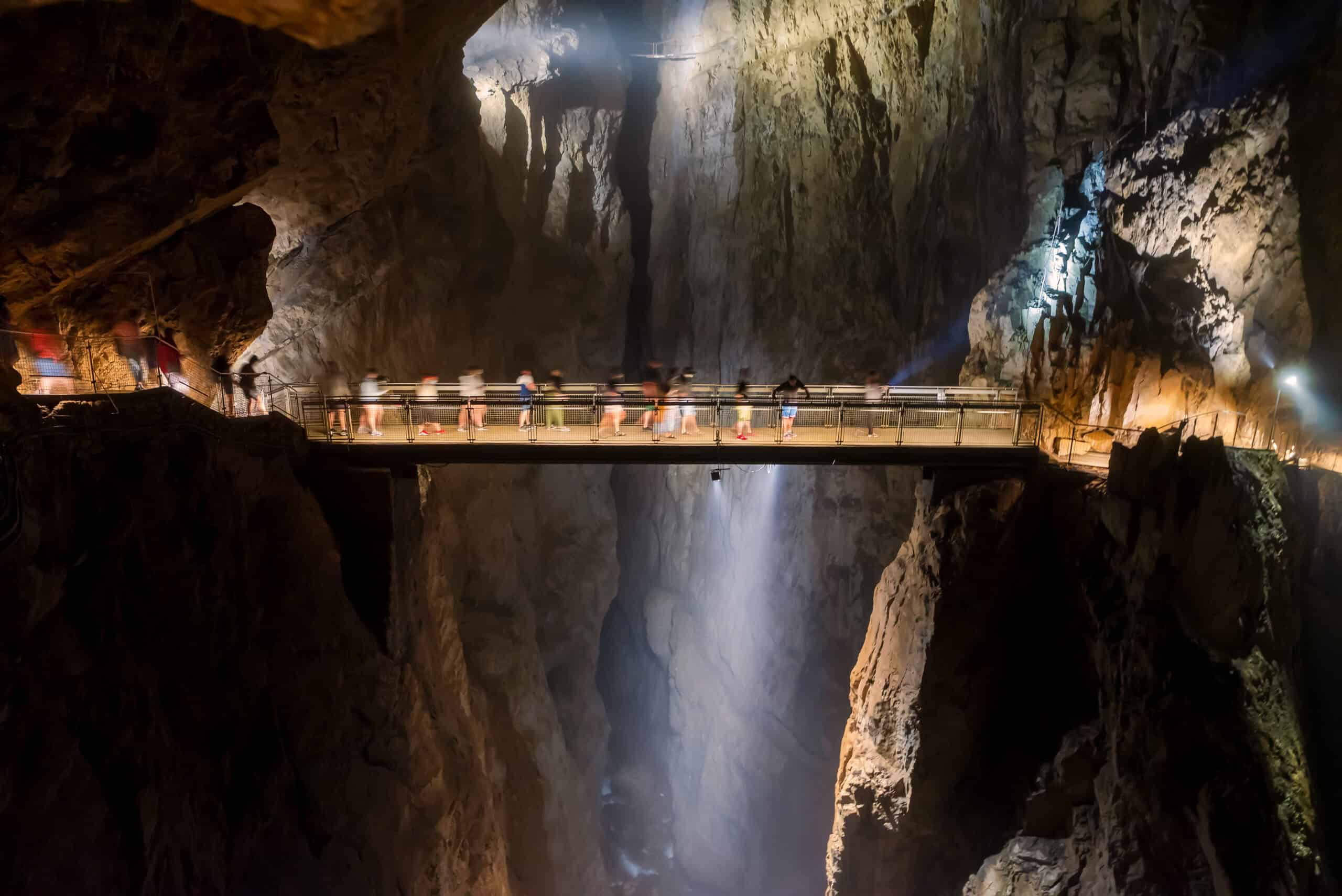
Škocjan Caves in Slovenia are a UNESCO World Heritage site known for their vast underground chambers and the Reka River, which flows through the cave system. The caves have been known since prehistoric times and were first explored in the 19th century. They feature one of the largest underground canyons in the world, with towering cliffs and waterfalls. The caves are also home to unique flora and fauna, making them a site of both geological and biological importance. The grandeur of Škocjan Caves leaves visitors in awe of nature’s power.
Batu Caves, Malaysia
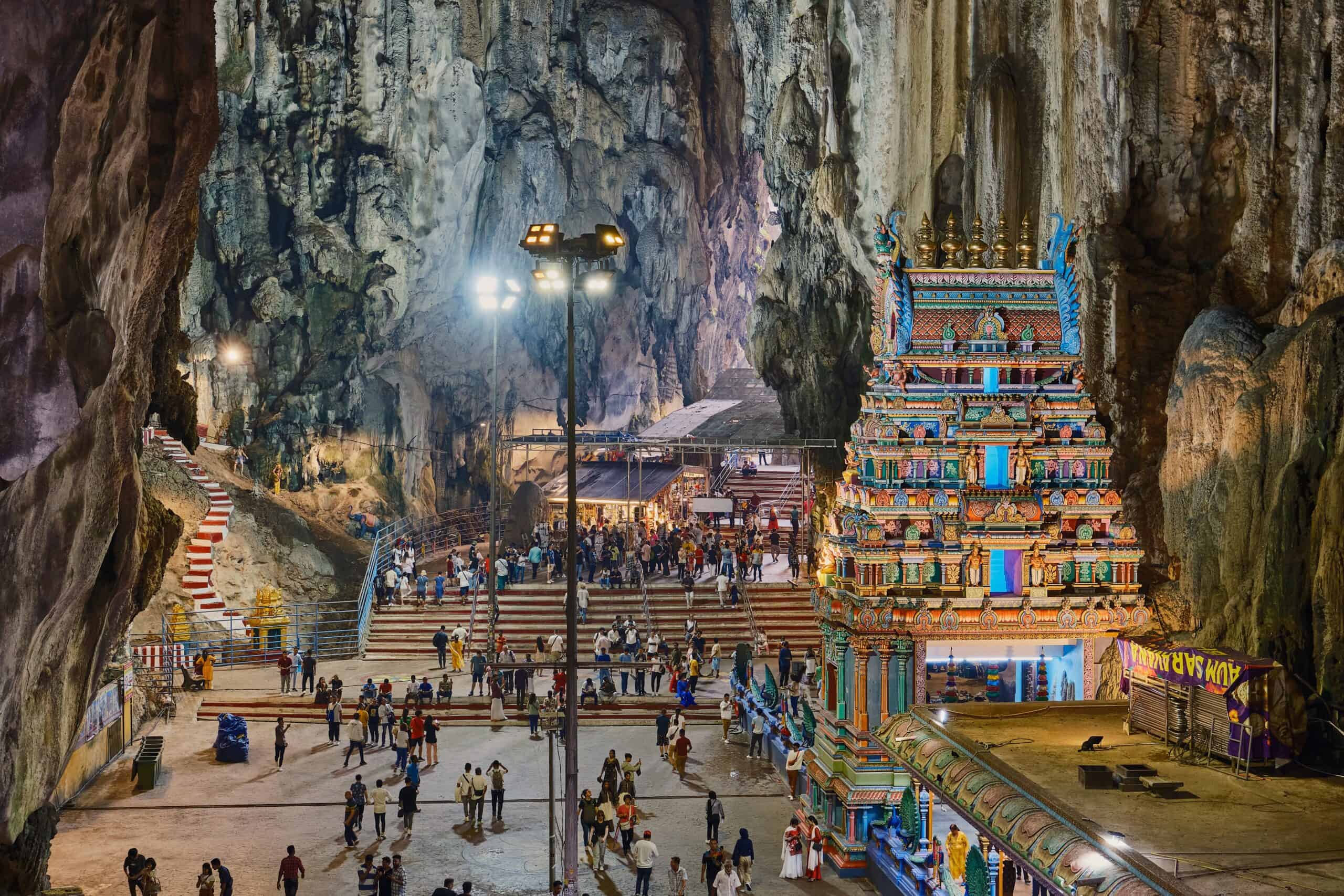
Batu Caves, located near Kuala Lumpur, Malaysia, is a limestone hill with a series of caves and cave temples. The caves are one of the most popular Hindu shrines outside of India, dedicated to Lord Murugan. The site is known for its giant golden statue of Murugan, which stands at the entrance. The caves were discovered over 400 years ago and have since become a pilgrimage site, especially during the Thaipusam festival. Inside, the main cave, known as Cathedral Cave, features high ceilings and ornate Hindu shrines. The combination of natural beauty and spiritual significance makes Batu Caves a truly unique destination.
Lascaux Caves, France
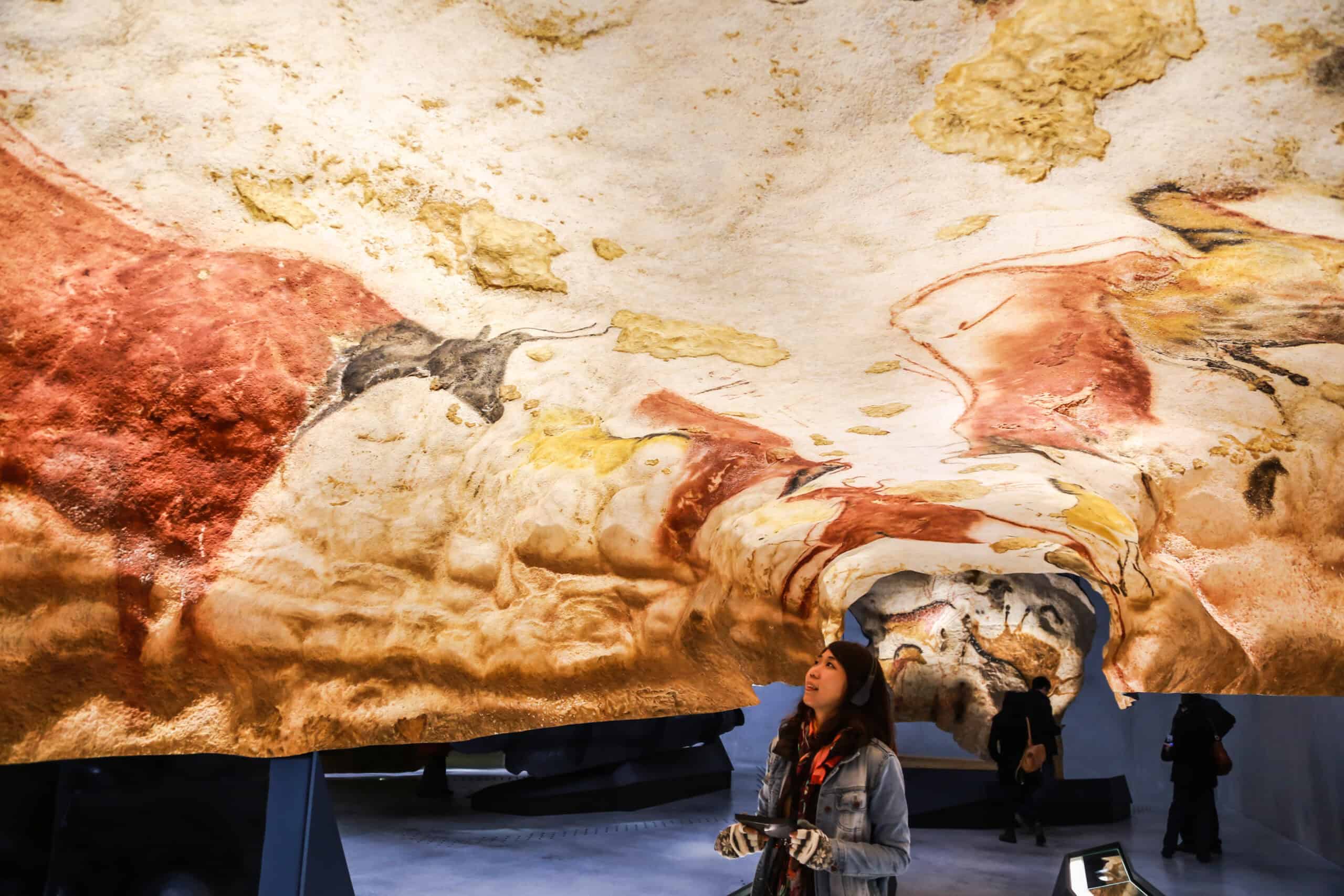
Lascaux Caves in France are renowned for their extraordinary Paleolithic cave paintings. Discovered in 1940 by four teenagers, the cave walls are adorned with over 600 detailed depictions of animals, human figures, and abstract signs. These paintings, estimated to be around 17,000 years old, offer invaluable insights into early human life. The art in Lascaux is so delicate that the original caves are now closed to the public, with a replica available for visitors. The cave is often referred to as the “Sistine Chapel of Prehistory” due to its remarkable and vivid artwork.
Cave of Swallows, Mexico

The Cave of Swallows in Mexico is a natural abyss and one of the largest known cave shafts in the world. It plunges 370 meters straight down, making it a popular site for extreme base jumping and rappelling. The cave gets its name from the thousands of birds, mainly swifts and swallows, that nest in the crevices of its walls. Discovered by locals and made famous by explorers, it is not just a geological marvel but also a significant site for observing bird behavior. The sight of birds swirling around the mouth of the cave is nothing short of mesmerizing.
Eisriesenwelt Ice Cave, Austria
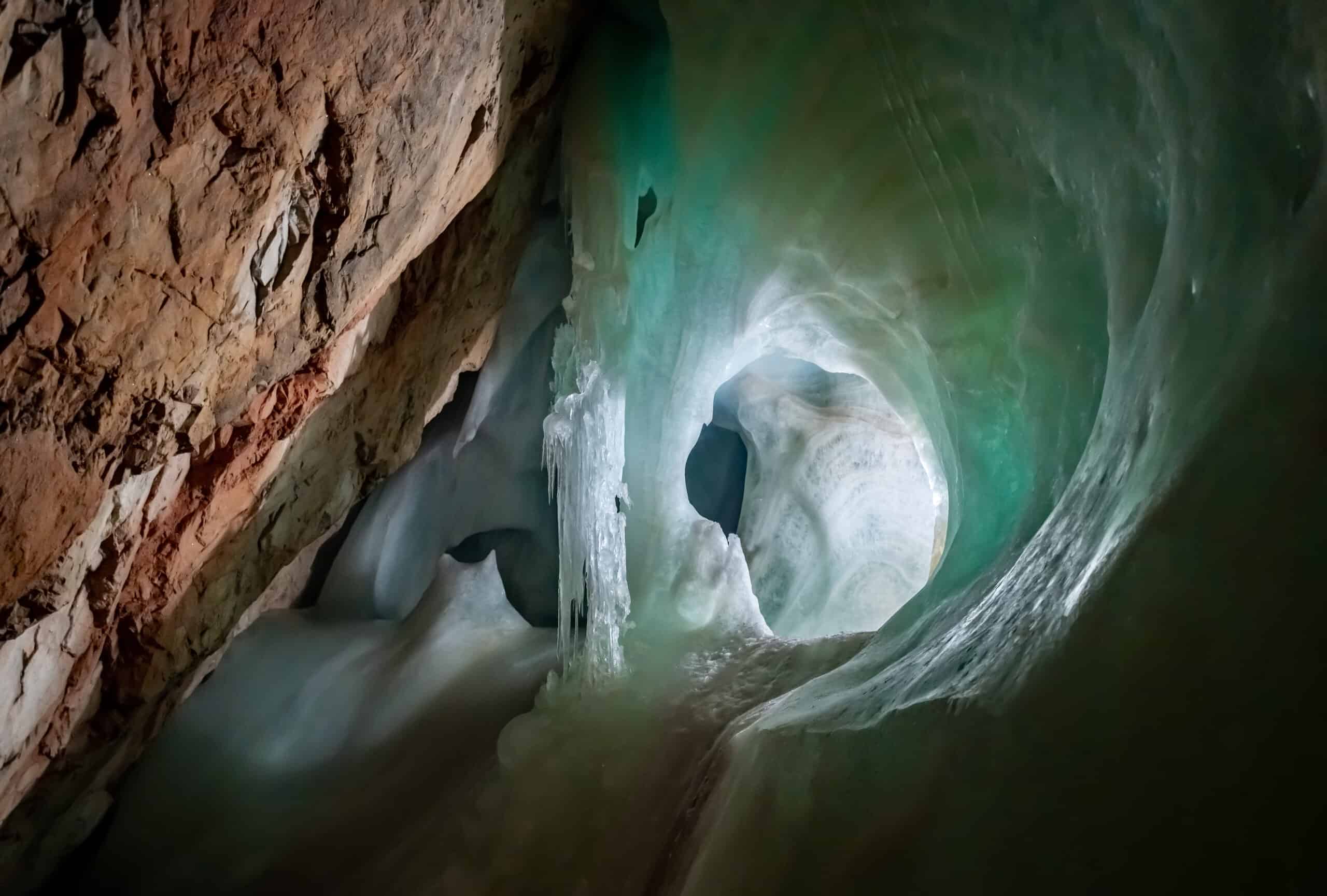
Eisriesenwelt Ice Cave in Austria is the largest ice cave in the world, stretching over 42 kilometers. Discovered in 1879, the cave is filled with stunning ice formations that glisten and glow in the light. The name translates to “World of the Ice Giants,” a fitting description for the immense ice structures within. Despite being hidden away in the Austrian Alps, it attracts thousands of visitors annually. The cave’s natural beauty, combined with the challenge of exploring its icy depths, makes it a must-see destination for adventurers.
Altamira Cave, Spain
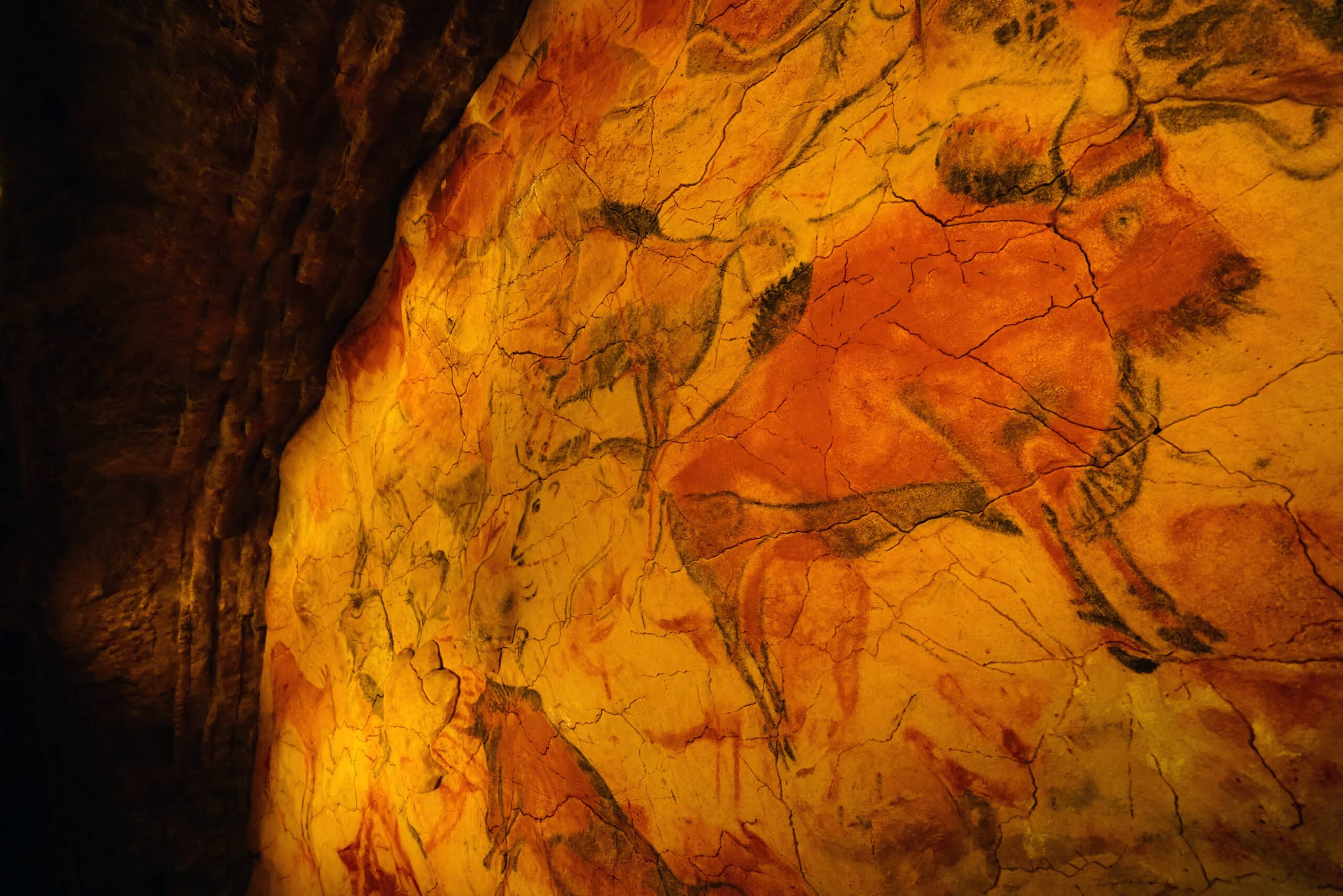
Altamira Cave in Spain is often referred to as the “Sistine Chapel of Prehistoric Art” due to its incredible cave paintings. Discovered in 1868 by a hunter and later explored by an amateur archaeologist, the cave features artwork dating back around 36,000 years. The paintings depict bison, deer, horses, and handprints, all rendered in vivid colors and striking detail. Altamira’s discovery revolutionized our understanding of prehistoric art and culture. The cave is a UNESCO World Heritage site, though the original cave is closed to preserve the fragile artwork.
Jeita Grotto, Lebanon
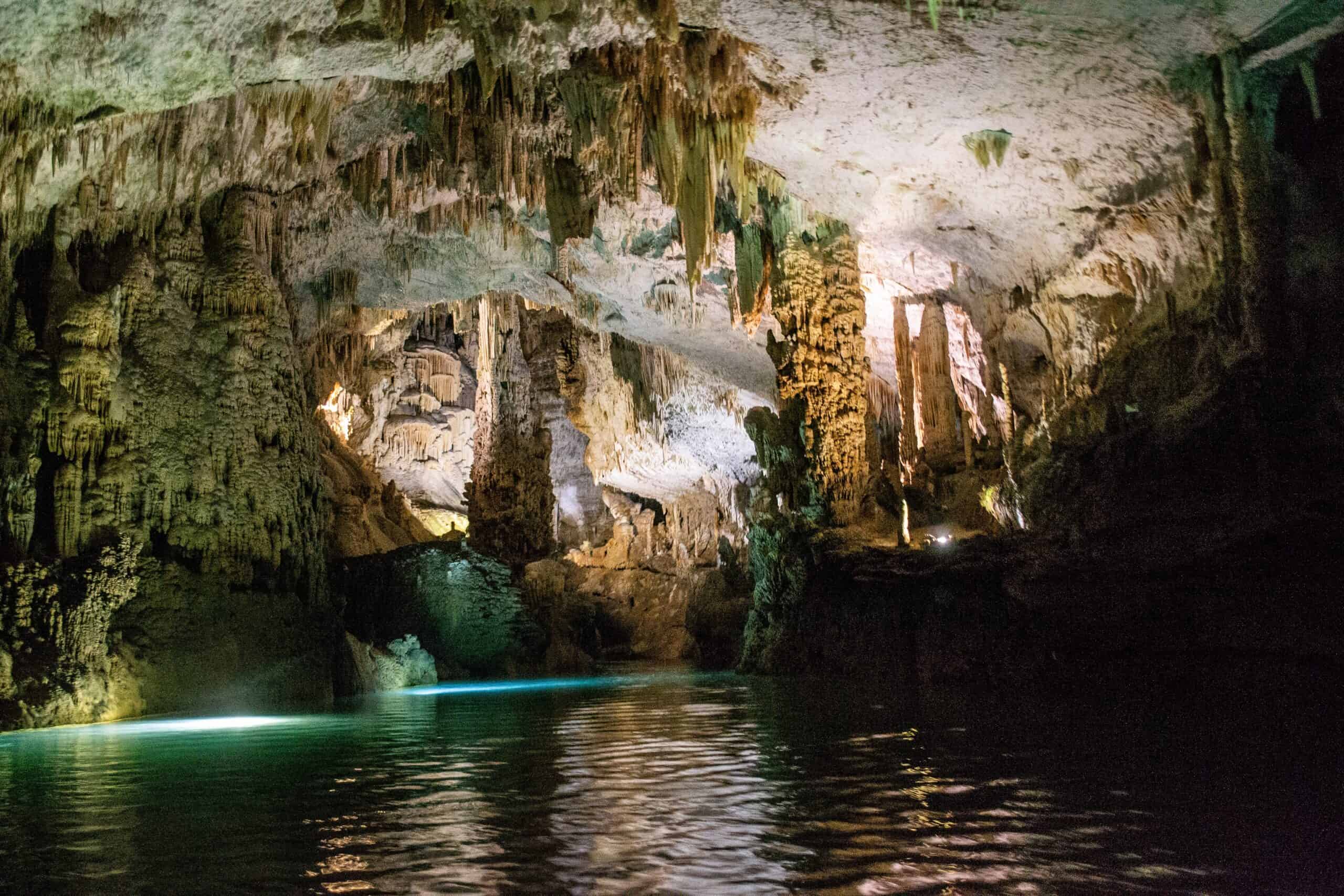
Jeita Grotto in Lebanon is a stunning karstic limestone cave with two separate levels. The upper gallery, discovered in 1958, features impressive stalactites and stalagmites, some reaching up to 8 meters in height. The lower gallery, accessible by boat, contains an underground river. The cave has been inhabited since prehistoric times, and its modern discovery has made it one of Lebanon’s most popular natural attractions. Jeita Grotto has been nominated as one of the New7Wonders of Nature, highlighting its breathtaking beauty and historical significance.
Cango Caves, South Africa
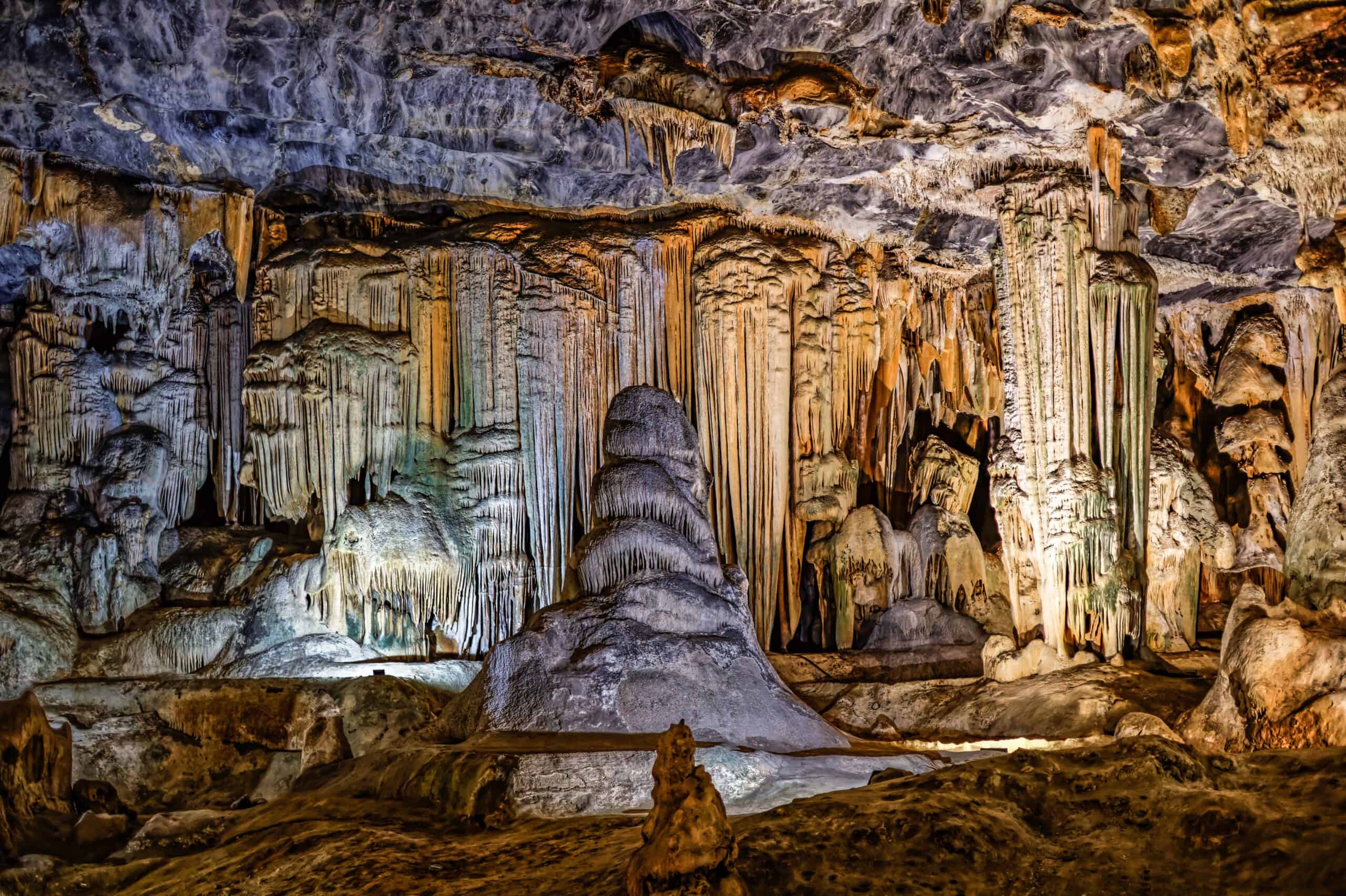
Cango Caves in South Africa are a vast series of dripstone caverns that extend over four kilometers. Discovered in the late 18th century, the caves are known for their impressive limestone formations, including stalactites and stalagmites that create a natural cathedral. The caves have been a popular tourist destination for centuries, attracting explorers and adventurers. Cango Caves are also rich in history, with evidence of human habitation dating back thousands of years. Guided tours reveal the full grandeur of this underground wonder, making it a must-visit for anyone in the region.
Ellora Caves, India
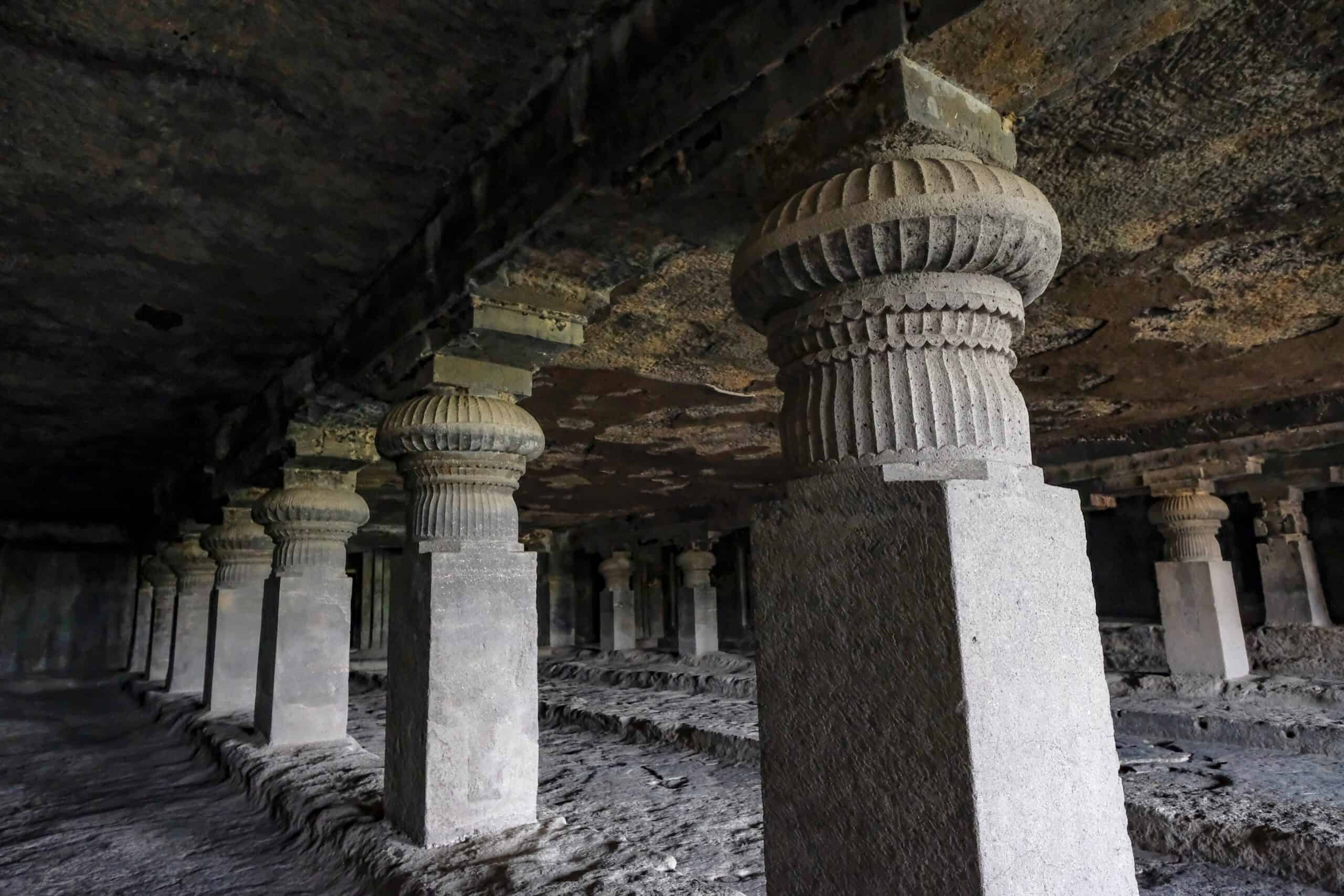
Ellora Caves in India are a complex of rock-cut temples and monasteries, dating back to between the 6th and 10th centuries. The caves, 34 in total, are a blend of Hindu, Buddhist, and Jain monuments, showcasing the religious harmony of the time. The most famous is the Kailasa temple, a massive structure carved entirely from a single rock. Discovered by local villagers, the caves have been recognized as a UNESCO World Heritage site. Ellora is a testament to the architectural ingenuity and spiritual devotion of ancient India.
Smoo Cave, Scotland
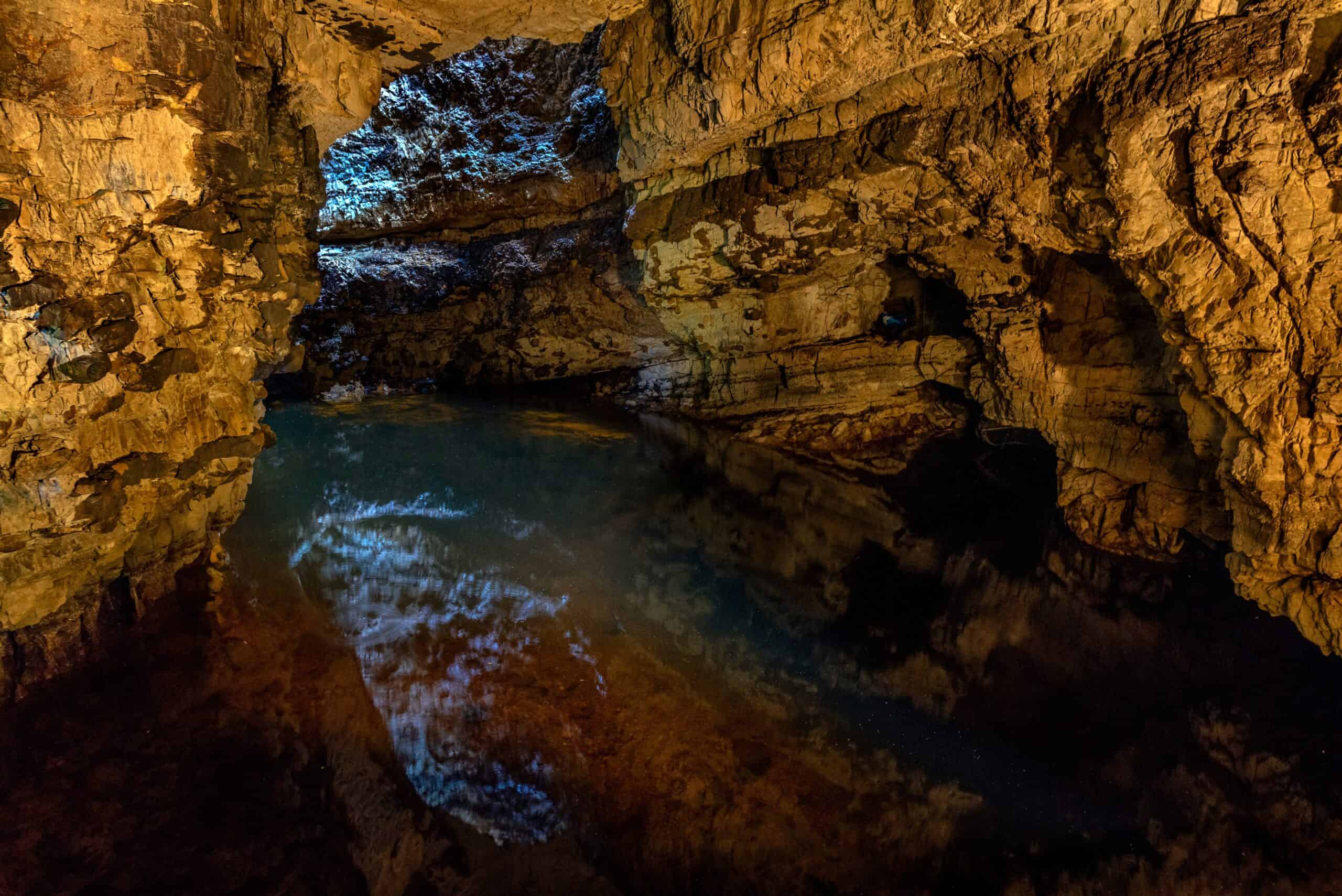
Smoo Cave in Scotland is a large sea cave with a freshwater inner chamber. Located on the coast of Durness, it is unique for its combination of sea and freshwater sources. The cave has a long history of human habitation, with evidence of use dating back to the Mesolithic era. Smoo Cave is also associated with local legends, including tales of Viking pirates and hidden treasure. The cave’s name, derived from the Norse word “smuga,” meaning “hole” or “hiding place,” reflects its mysterious and ancient past.
Actun Tunichil Muknal Cave, Belize
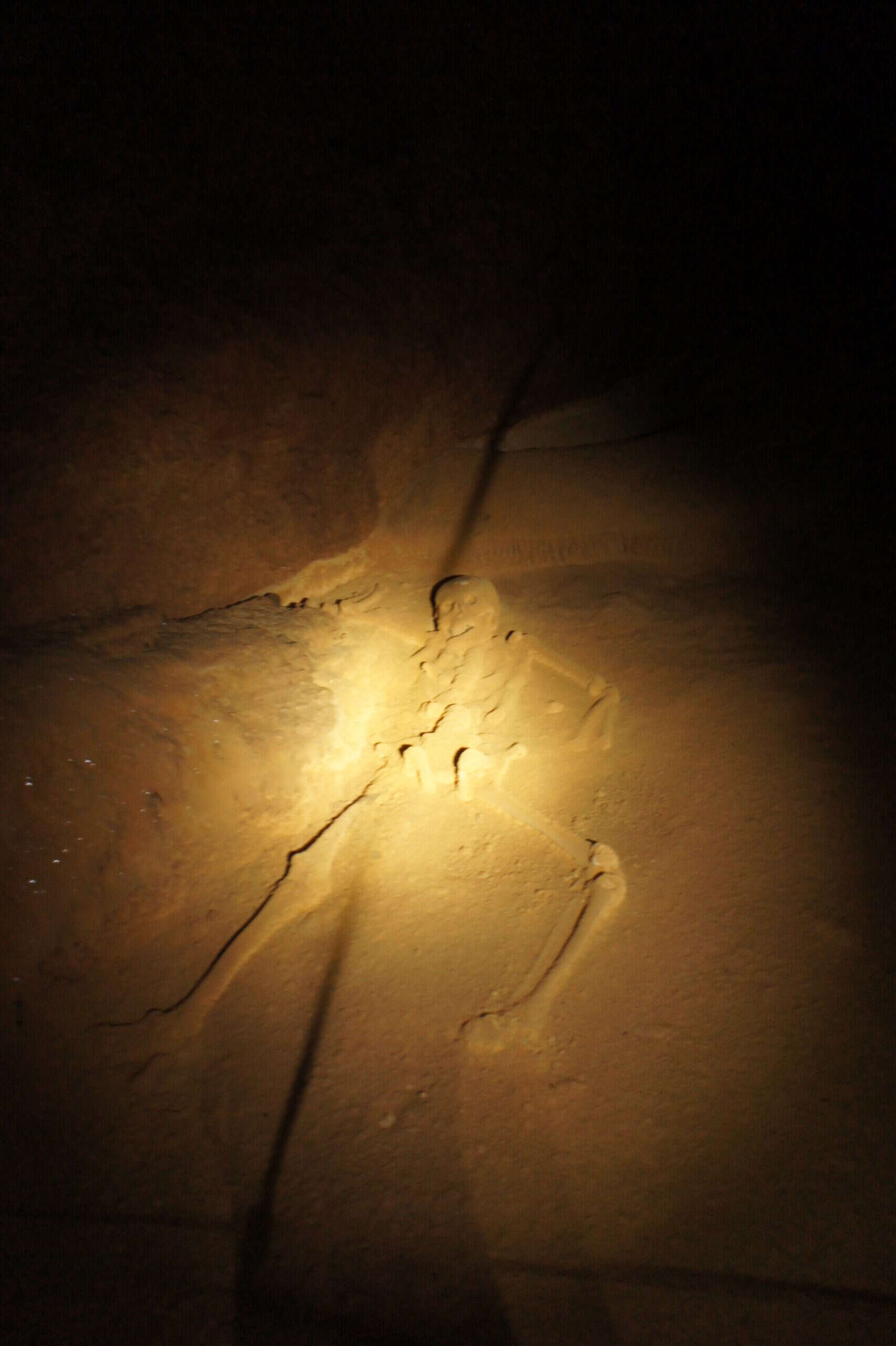
Actun Tunichil Muknal Cave in Belize is a sacred Maya site, often referred to as the “Cave of the Crystal Sepulchre.” Discovered in 1989, it contains the remains of ancient sacrifices, including the famous Crystal Maiden, a skeleton covered in sparkling calcite. The cave’s narrow passages and underground rivers add to its mystique, making it both an archaeological treasure and an adventure destination. Actun Tunichil Muknal offers a rare glimpse into the rituals and beliefs of the ancient Maya civilization, preserved in the eerie stillness of the cave.
Mammoth Cave, USA
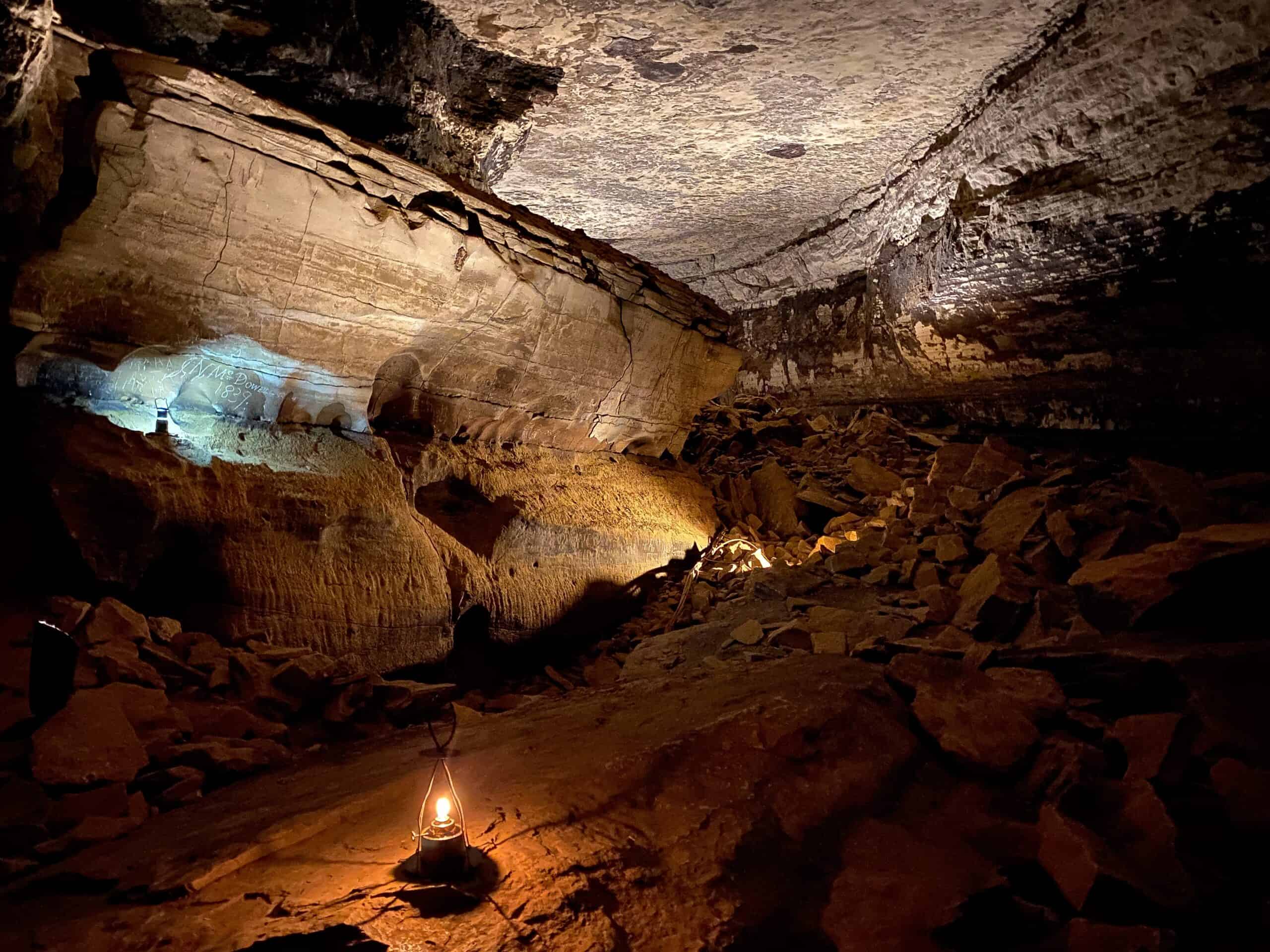
Mammoth Cave in the USA is the longest cave system in the world, with over 400 miles of explored passageways. The cave has a rich history, with Native American artifacts found inside dating back thousands of years. It was first discovered by settlers in the late 18th century and has since become a popular destination for explorers. The cave is also home to unique wildlife, including blind fish and albino shrimp. Mammoth Cave’s vastness and historical significance make it a national treasure and a UNESCO World Heritage site.
Cave of Hercules, Morocco
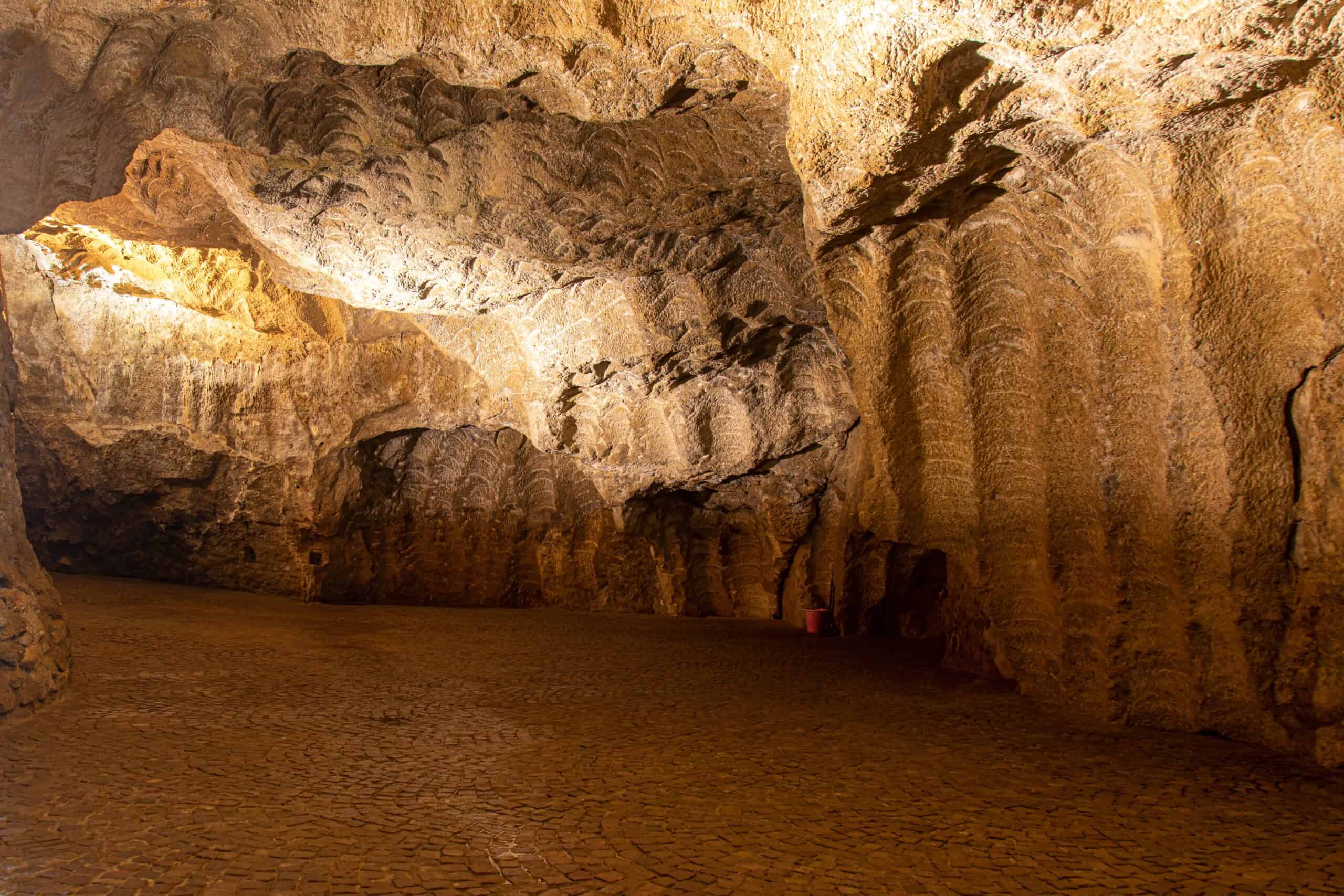
The Cave of Hercules in Morocco is a legendary site steeped in myth and history. Located near the Strait of Gibraltar, the cave is said to be the resting place of the Greek hero Hercules after he completed his Twelve Labors. The cave’s most striking feature is its opening to the sea, which resembles the shape of the African continent. The cave has been a site of human activity since prehistoric times, with ancient carvings found on its walls. The Cave of Hercules remains a popular tourist attraction, blending natural beauty with mythological intrigue.
This article originally appeared on Rarest.org.
More from Rarest.org
The 20 Best Hidden Gems in European Cities

Discovering hidden gems in European cities offers travelers a unique and enriching experience beyond the usual tourist spots. Read More.
15 Most Lucrative Wrestling Promotions

Wrestling promotions around the world have carved out unique niches, offering fans thrilling matches, captivating storylines, and memorable events. Read More.
1975 Jefferson Nickel Value Guide

If you are looking for a new nickel to add to your coin collection, you would be happy to include the 1975 nickel. Read More.
